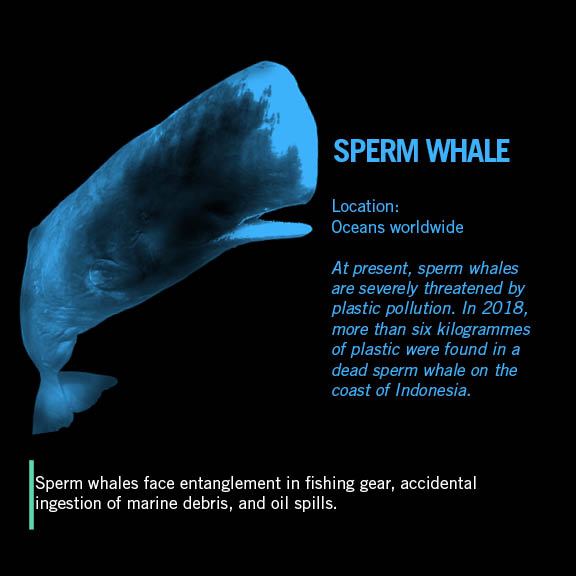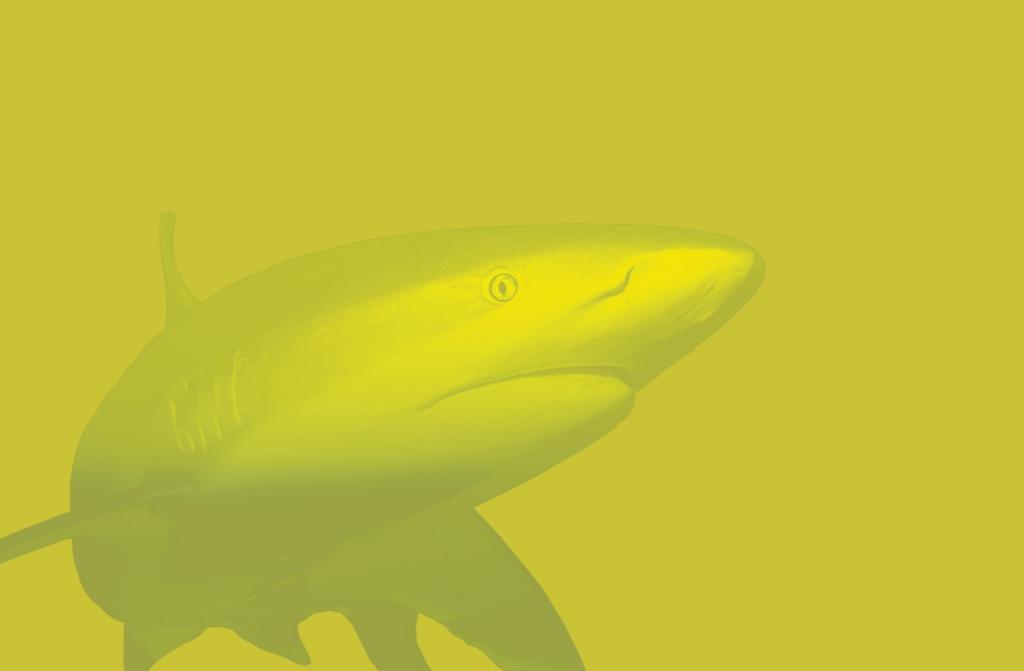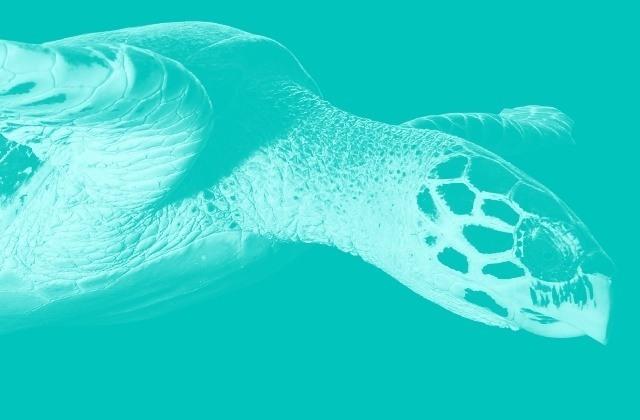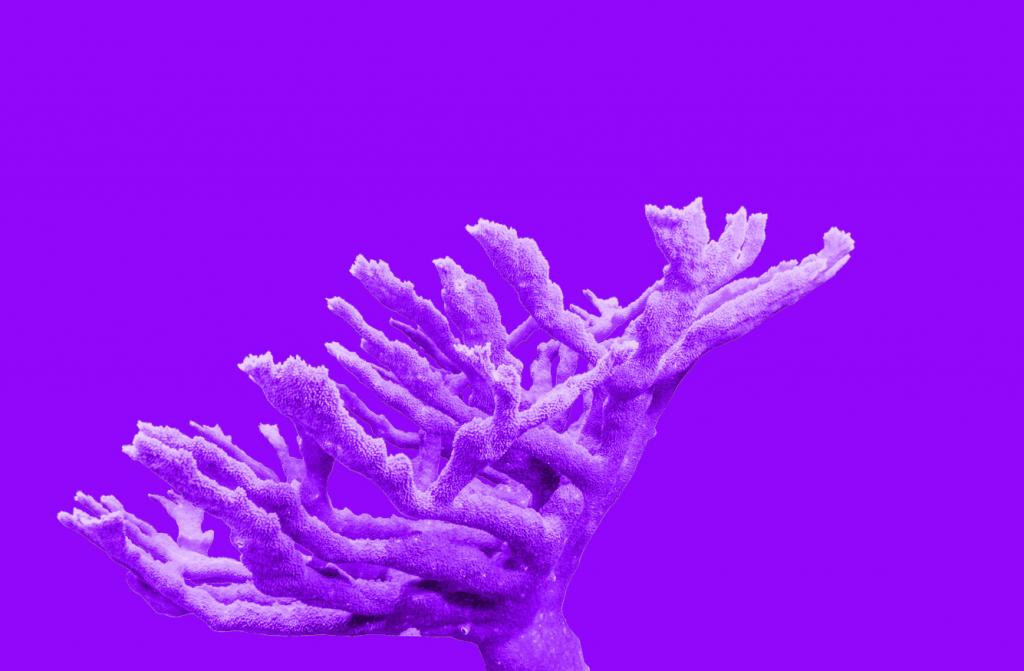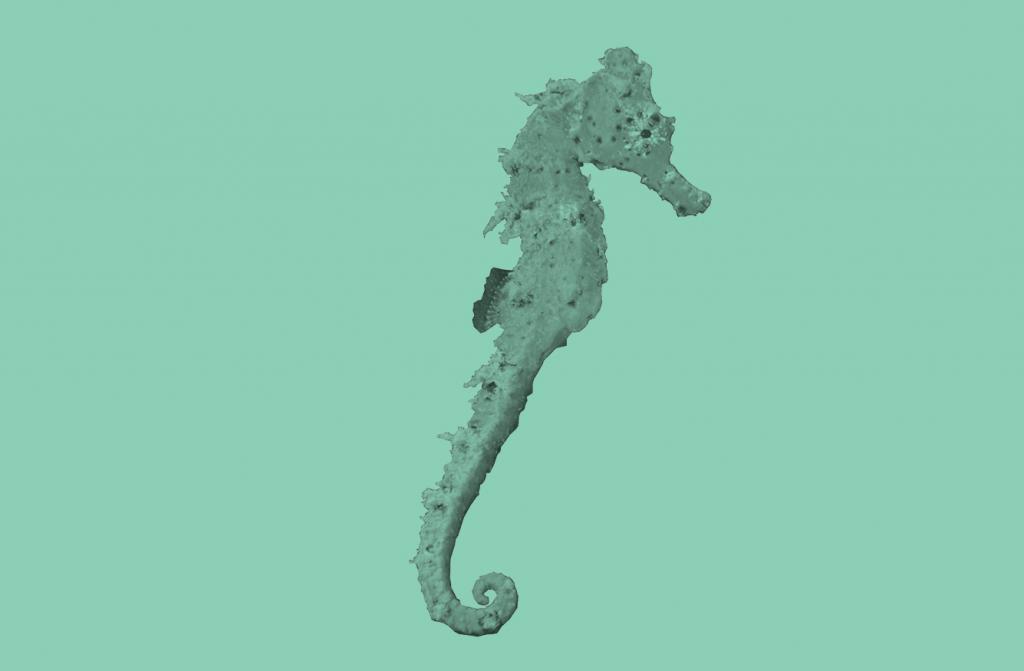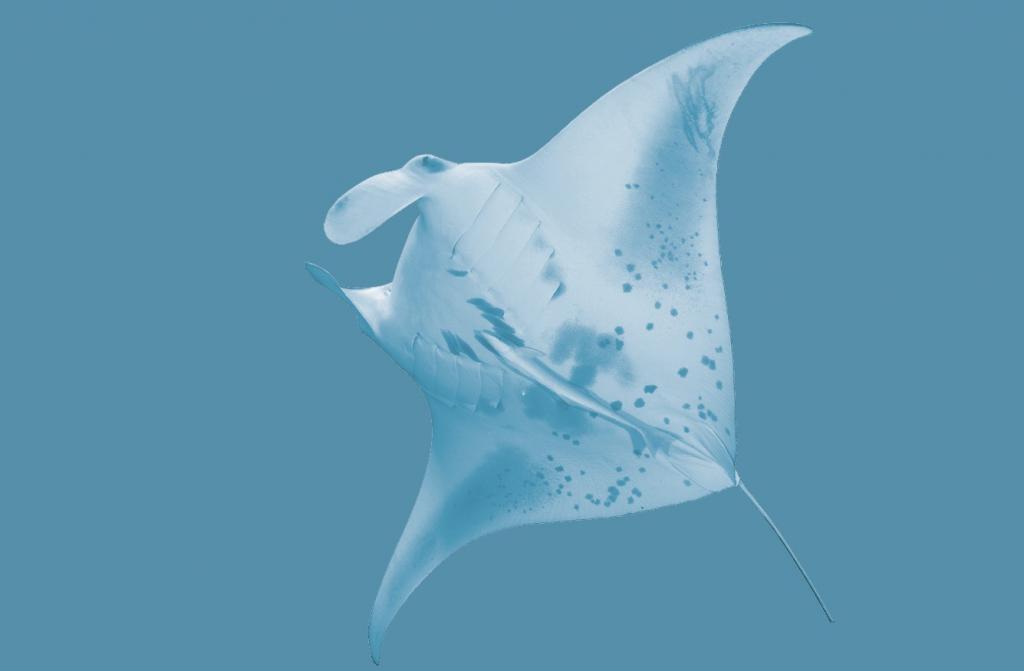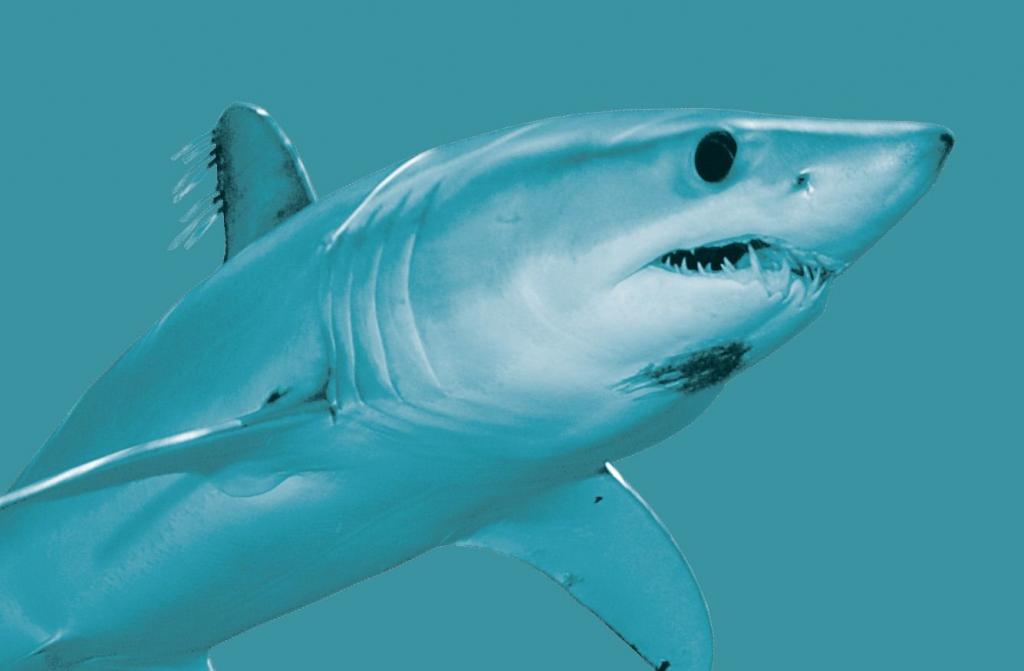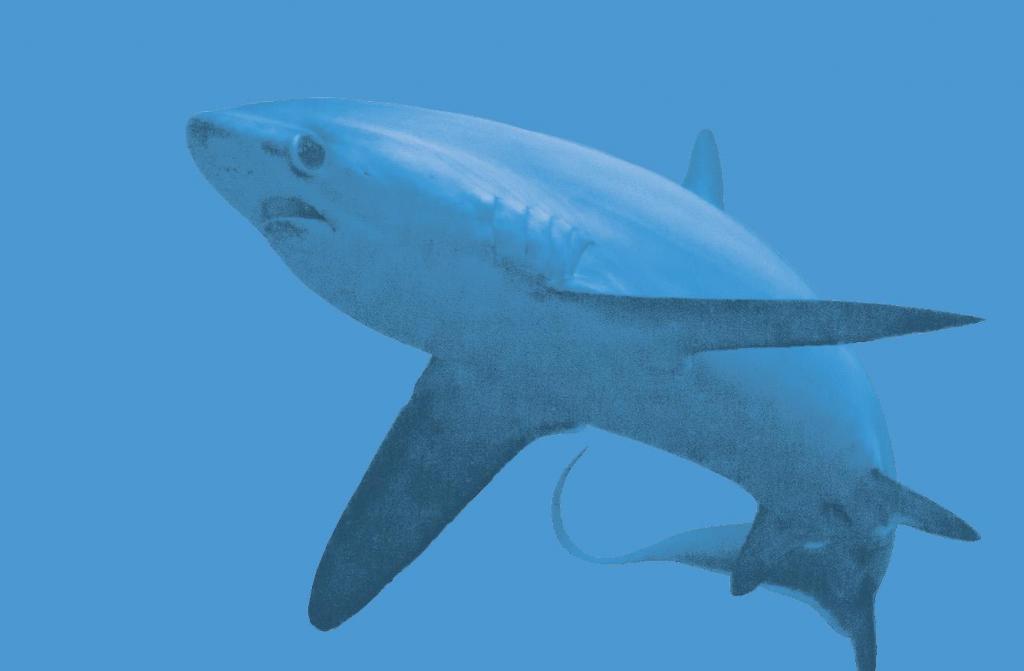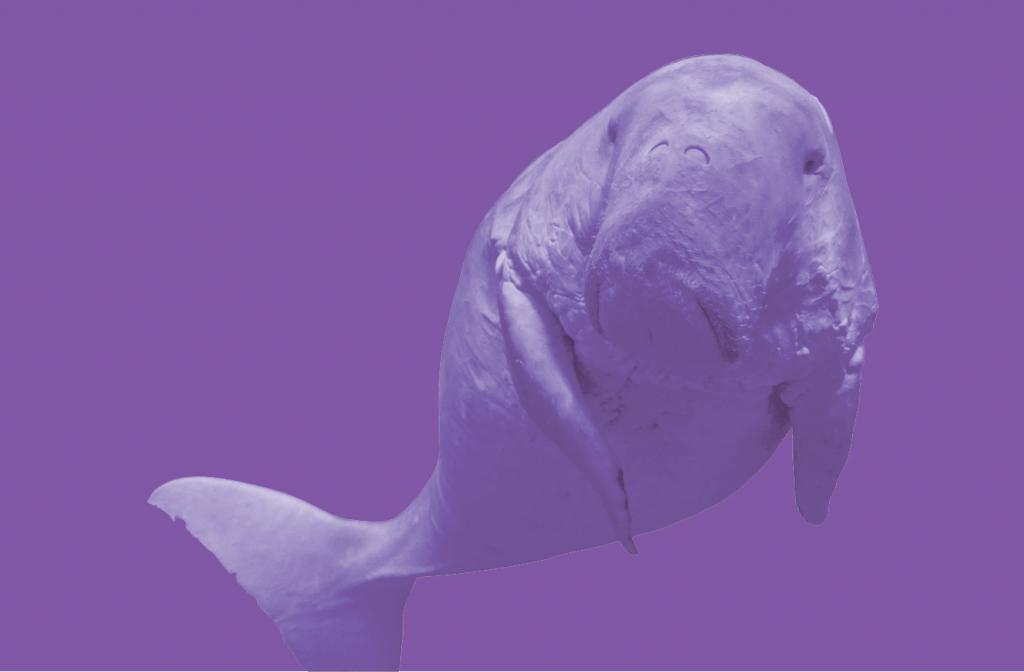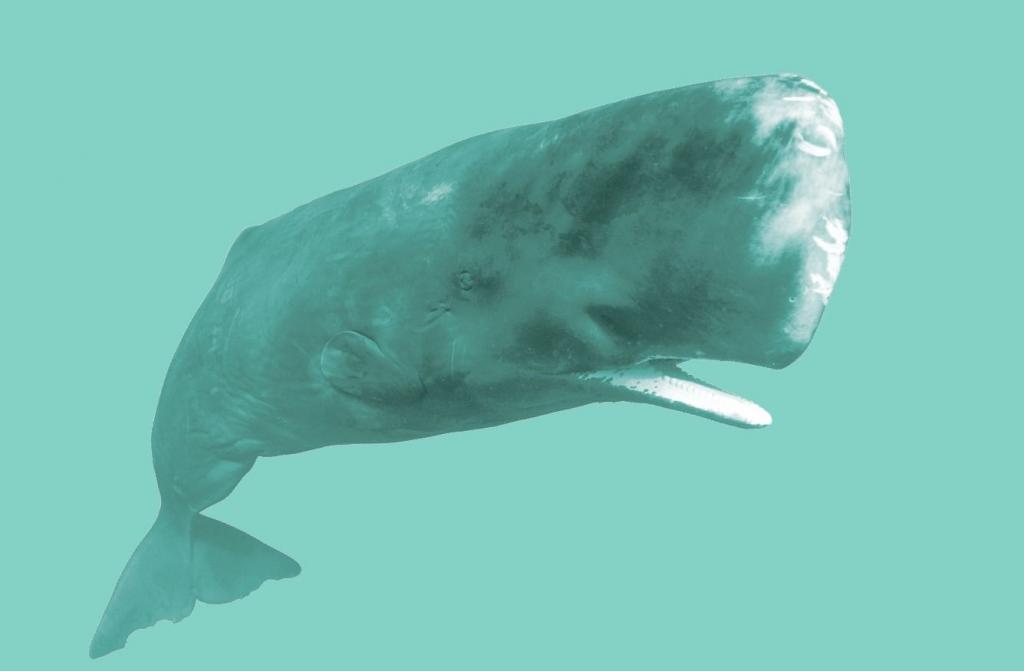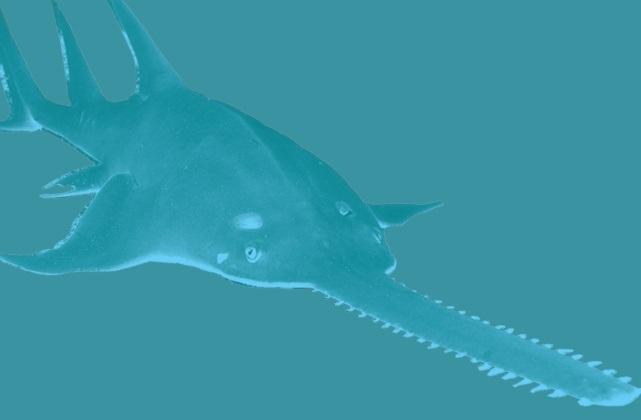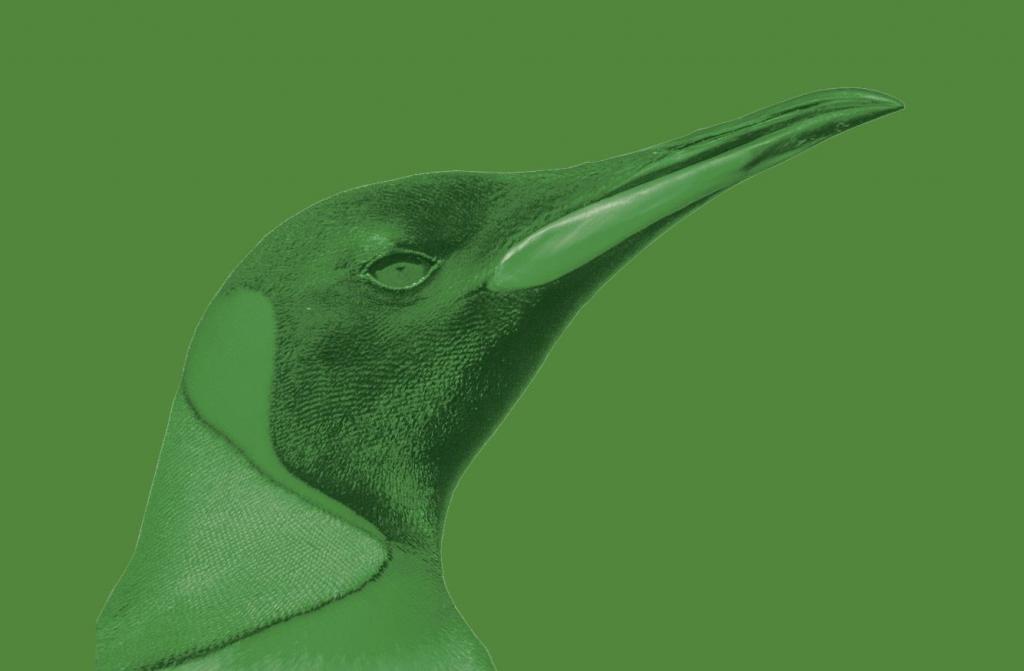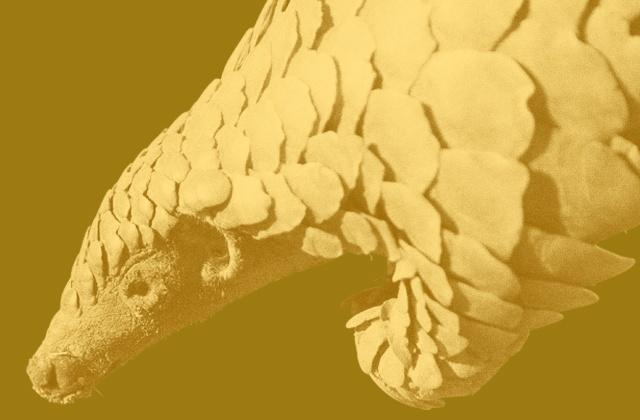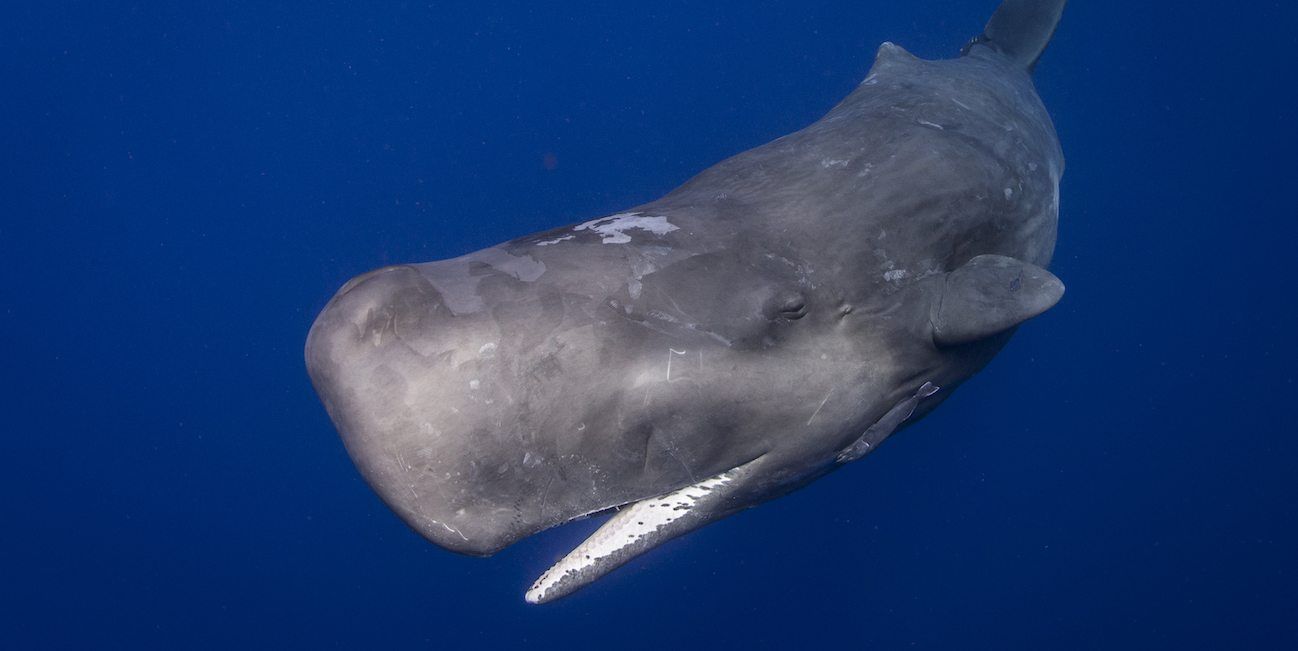
Sperm Whale
Sperm whales are easily recognized: they have massive heads and prominent rounded foreheads. Their heads hold large quantities of a substance called spermaceti, which gives them their name. While whalers initially believed that this fluid was sperm, scientists still do not entirely understand its function – it may control buoyancy and/or acts as a focusing apparatus for the whale's sense of echolocation.
WHERE THEY CAN BE FOUND
Sperm whales are considered a cosmopolitan species, meaning their range extends across all or most of the world in appropriate habitats. They can be found in areas from the poles to the equator, in all oceans and in the Mediterranean Sea.
WHY THEY ARE IMPORTANT
Like other whale species, sperm whales play a very important role in the health of marine ecosystems by maintaining a stable food chain and ensuring that certain animal species do not overpopulate the ocean. Scientific studies of whales and other cetacean species have also led to many discoveries regarding issues such as echolocation, aquatic environments, marine life and marine mammal intelligence. In 2010, Australian researchers found that the iron-rich feces of sperm whales, together with the pushing of nutrients from the deep ocean to the surface (which enhances nutrient cycling), boosts the growth of phytoplankton, which are marine plants that suck in carbon dioxide from the atmosphere. This makes them responsible for removing an estimate of 400,000 tons of carbon each year. Finally, eco-tourism activities centered around whale watching are becoming more popular and can help growing economies to develop sustainable tourism practices.
HOW THEY ARE THREATENED
Sperm whales were commercially hunted up until the 1970s. They were targeted for oil and ambergris, a substance that forms around squid beaks in a whale’s stomach and that was a very valuable substance once used in perfumes. Like most species exploited during the whale hunting days, their numbers have slowly recovered since they became officially protected. Unfortunately, they are now victims of the huge amounts of plastic waste found in our oceans. In late 2018, a dead sperm whale found in the coast of eastern Indonesia had consumed more than six kilograms of plastic, including 115 drinking cups, 25 plastic bags, plastic bottles and flip-flops. Other pollutants, such as oil spills, also pose a threat to the whales.
CITES listing: Sperm whales are listed on Appendix I and Appendix II, meaning trade is sometimes allowed but must be controlled in order to avoid utilization incompatible with their survival.
HOW YOU CAN HELP
Make sure you go on whale watching tours from a reputable operation, many of which tend to participate in whale research. You can also join organisations that work to protect sperm whales. They often have “adopt a whale” programmes, which make great gifts for children or whale lovers.
Read about photographer and #WildForLife champion Cristina Mittermeier's connection to sperm whales in here interview here!
The number of minutes Sperm whales can stay submerged

